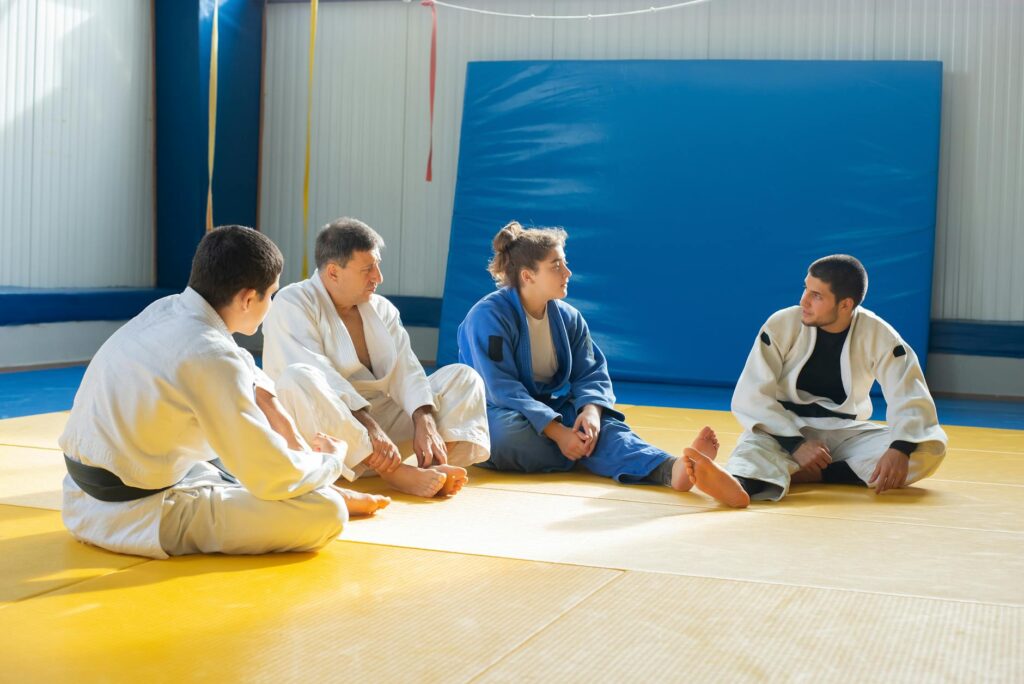What is traditional study methods?

What is traditional study methods?
In our fast-paced world, the way we learn and study has evolved significantly. However, traditional study methods still hold a place in education. These approaches, often rooted in history, offer foundational techniques that have shaped how knowledge is imparted. They provide structure and familiarity for many learners. Understanding these methods is crucial for anyone interested in effective study habits and personal development.
Defining Traditional Study Methods
Traditional study methods refer to established techniques used for learning and knowledge acquisition, typically characterized by structured environments and formalized educational settings. These methods emphasize teacher-led instruction, direct information transfer, and often involve repetitive learning practices. At their core, traditional study methods aim to provide a systematic approach to education, allowing students to absorb information linearly.
Historical Overview of Traditional Study Methods
The roots of traditional study methods can be traced back to ancient civilizations, where education was predominantly oral and teacher-centered. Notable figures like Socrates and Plato laid the groundwork for structured dialogue and questioning, which became fundamental in Western education. As educational systems evolved, especially during the Middle Ages and the Renaissance, formal schools and universities emerged, adopting rigid curricula that prioritized memorization and recitation. These practices were evident in various cultures, including the Gurukul system in India and Confucian education in China.
Today, traditional methods still exist in many educational institutions, serving as a contrast to more modern, flexible approaches. Wikipedia provides more insights on traditional education.
Key Characteristics of Traditional Study Methods
Several features distinguish traditional study methods from modern techniques:
- Teacher-Centric Approach: The teacher is the primary source of knowledge, directing the learning process.
- Structured Environment: Lessons typically follow a set curriculum with clearly defined objectives.
- Emphasis on Memorization: Many traditional methods focus heavily on rote learning, requiring students to memorize facts and information.
- Assessment through Exams: Evaluation often occurs through standardized testing, emphasizing recall over application.
These characteristics create a framework that, while effective for many, may not cater to every learner’s needs.
Common Traditional Study Techniques
Traditional study methods encompass various techniques that have stood the test of time. Here are some of the most prevalent ones.
Lecture-Based Learning
Lectures are a cornerstone of traditional education. In this method, educators present information to students in a structured format. While this approach has its strengths, such as providing comprehensive coverage of topics, it can also lead to passive learning. Students may absorb information without actively engaging with the material. However, when combined with effective note-taking, lectures can be powerful.
Note-Taking Strategies
Effective note-taking is essential in traditional study methods. Different techniques can help students process and retain information better. For instance, the Cornell Method encourages dividing notes into key points and a summary, making review easier. Similarly, mind mapping allows students to visualize connections between concepts. These strategies can enhance understanding and recall, especially during exams.
Repetitive Learning and Memorization
Rote memorization has historically been a vital part of education. While it may seem outdated, it plays a role in deeply embedding foundational knowledge, such as multiplication tables or historical dates. Although criticized for its lack of depth, this method underscores the importance of repetition in solidifying learning. Understanding when and how to implement rote memorization can be beneficial for historical context, such as language acquisition.
Advantages of Traditional Study Methods
Despite their limitations, traditional study methods offer several benefits that many learners find valuable.
Structure and Discipline
One of the most significant advantages of traditional methods is the structure they provide. This organized approach can foster discipline in students, helping them manage their time effectively. A set class schedule, prescribed textbooks, and clear assignments create a predictable learning environment.
Facilitating Teacher-Student Interaction
Traditional methods often emphasize direct interaction between teachers and students. This face-to-face engagement allows for immediate feedback, clarification of doubts, and a more personalized learning experience. The relationship built in these settings can enhance motivation and accountability.
Limitations and Criticisms of Traditional Study Methods
While traditional study methods have their merits, they also face criticism, especially in today’s diverse learning landscape.
Lack of Engagement
One common critique is the potential for disengagement among students. The lecture-based format can lead to passive learning, where students merely absorb information without actively participating. This lack of interaction can diminish interest and retention.
Overemphasis on Memorization
The focus on rote learning can be a double-edged sword. While memorization can help with foundational knowledge, it may not encourage critical thinking or problem-solving skills. Students trained solely in traditional methods might struggle in real-world applications where creative thinking is required.
Conclusion and Future of Traditional Study Methods
Traditional study methods have played a crucial role in shaping education as we know it today. They offer structured, disciplined approaches that can benefit many learners. However, as educational needs evolve, so too must these methods. Integrating modern techniques, such as collaborative learning and digital resources, can help address the limitations of traditional approaches. By blending the old with the new, we can create a more inclusive and effective educational experience for all students.
For further exploration of study techniques, check out this informative article on effective study tips.

Photo by Kampus Production